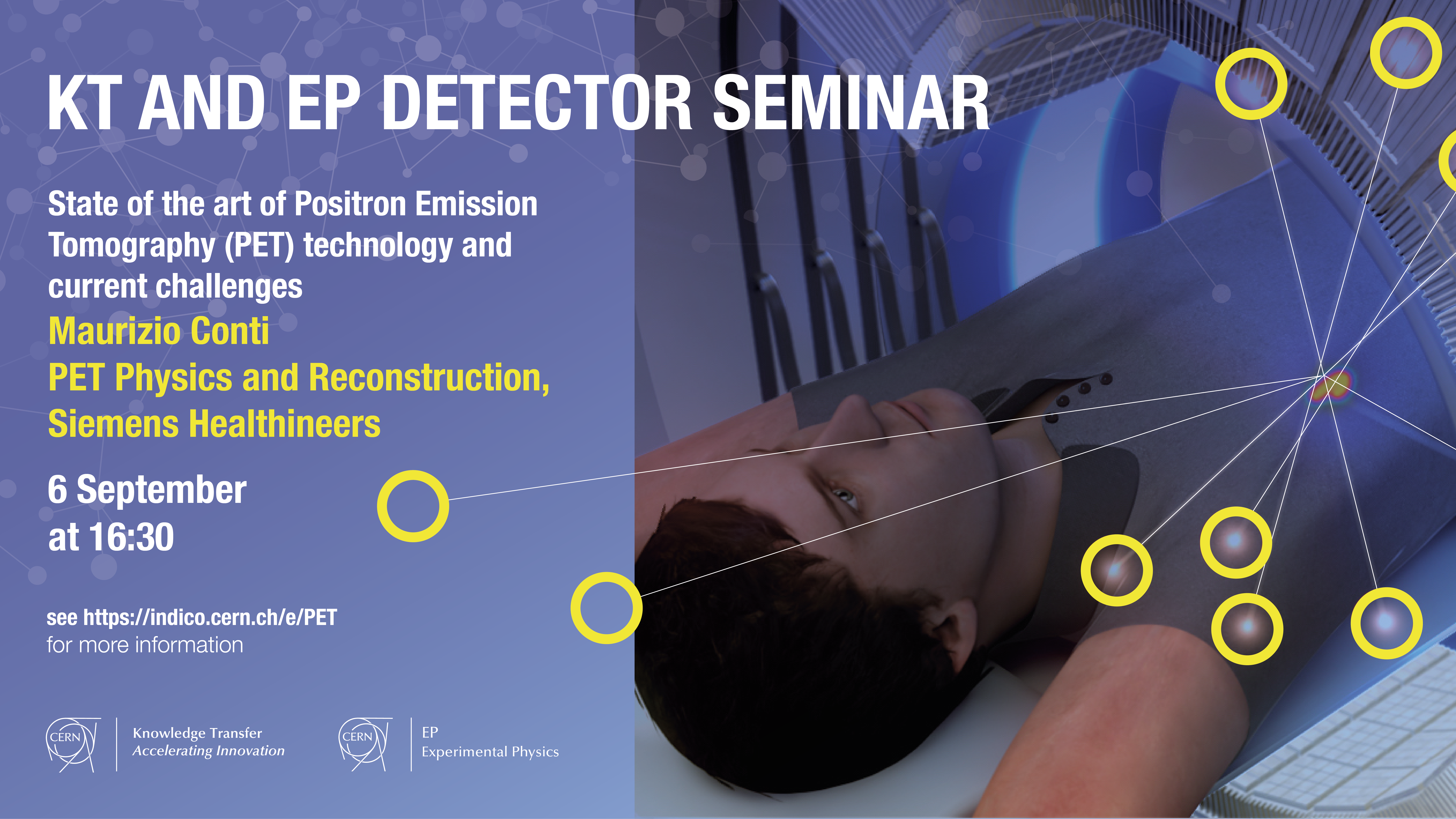
A brief historical review of Time-of-Flight (TOF) Positron Emission Tomography (PET) will be presented, including the recent development in silicon photomultipliers (SiPM), which resulted in improved TOF performance. The principles of TOF PET physics and a discussion of the technical and clinical advantages of TOF PET compared to conventional PET will be presented: the concept of time resolution and its effect on TOF gain in signal-to-noise ratio (SNR), together with other properties such as reconstruction robustness to inconsistent data, convergence, and convergence speed. Other advanced reconstruction methods and innovations will be discussed, such as resolution recovery methods, data driven methods for motion correction, and the recent introduction of deep learning in different aspects of PET.
From the hardware point of view, we will review the most recent and exciting evolution toward long axial field-of-view PET/CT scanners, or total body PET: design trade-off, characteristics and performance, challenges and advantages, including new applications enabled by very high performance TOF PET scanners in the field of low count imaging, theranostics and monoclonal antibodies imaging, and dynamic and parametric imaging with simultaneous coverage of multiple organs.
Finally, we will briefly comment on the near future of PET and TOF PET, in terms of possible technology development and needs of fundamental research to push the field forward.
Dr. Maurizio Conti studied physics at University of Pisa, Italy, in 1985; as a Fellow with the Italian National Institute for Nuclear Physics (INFN), he spent time in Pisa, Rome, Switzerland (CERN); he was a Visiting Scholar at Lawrence Berkeley Laboratory in California (LBNL).
From 1990 to 2000 he was faculty and researcher at the Physics Department of the University of Naples, Italy. While teaching physics and physics lab to medicine and biology students, his research focus was on development of radiation detectors for medical applications.
Maurizio Conti joined CTI/Siemens in 2000, as a scientist in the Physics and Reconstruction team in Knoxville, USA. In the past 20 years, he had the opportunity to acquire a wide experience and to contribute to many topics, from scintillator performance to data correction improvement, he was very instrumental to the development of the first Siemens TOF PET/CT scanner, the Biograph mCT in 2010, and to the full exploitation of TOF PET with its successor, the Biograph Vision, in 2017. Recently, he oversaw the development of the new long axial FOV PET/CT scanner, the Biograph Quadra, released in 2020.
In the recent years, Maurizio focused his research and initiated collaborations on novel topics such as Y90 imaging, hadron therapy PET, prostate cancer imaging, low dose PET/CT, TOF PET, long axial FOV scanners.
From 2016, Maurizio Conti is leading the physics research team at Siemens Molecular Imaging, as Director of PET Physics and Reconstruction.
We will be using zoom for this seminar. You should have received the link in the invitation email. If not please contact KT.Seminars@cern.ch.
Please check the indico page for updates. During the seminar, in case of technical issues, it is where we will post information. Thank you!
To be kept informed of KT Seminars please sign up at: http://cern.ch/go/F9cX
